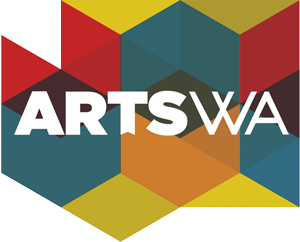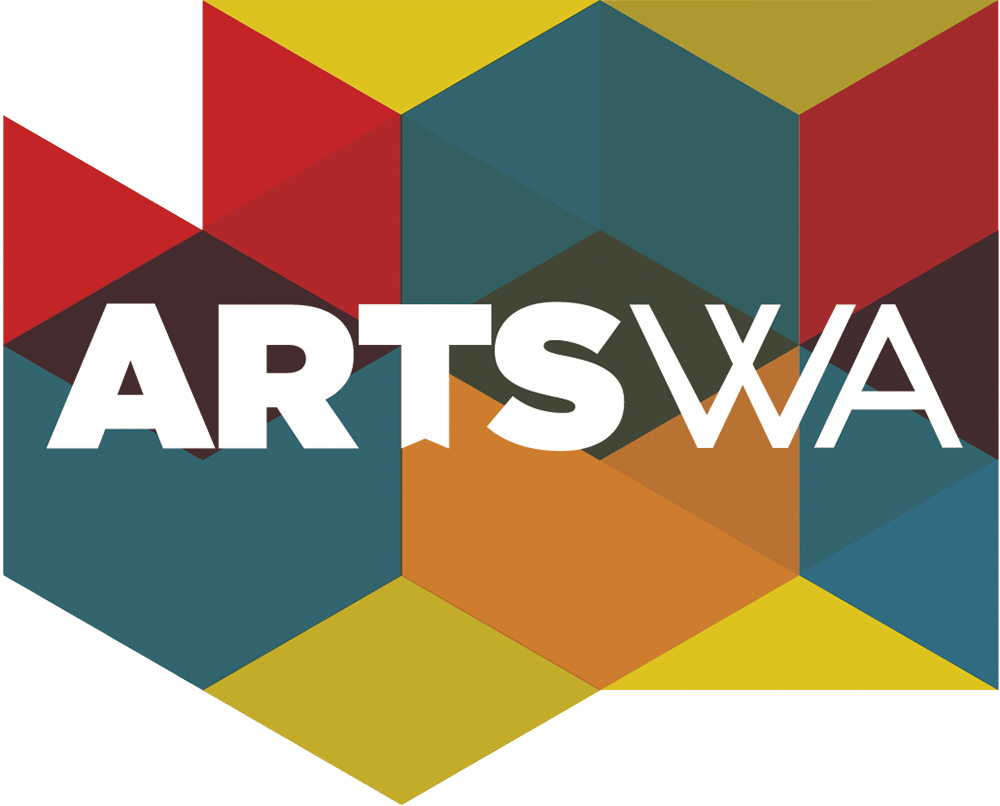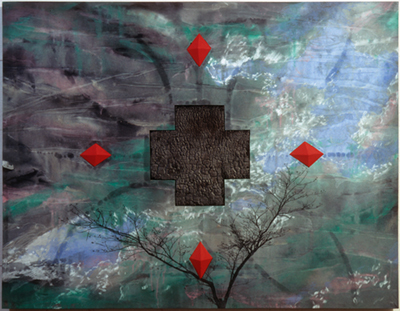ABOUT THE ARTWORK
Autumn Rite is part of artist Jack Chevalier's body of paintings that balance representation and abstraction. The background suggests the surface of water, onto which he layered symmetrical symbols. These elements reference the geometries found in nature, like facets of a crystal, or the cycles of day and night. Chevalier notes that he is interested in how nature informs our cultural iconography.
This artwork was acquired for the State Art Collection in partnership with Clark College.
ABOUT THE ARTIST
Northwest artist Jack Chevalier (1948-2021) created mixed media artworks that explore material, symbolism, and the nature of creativity. In his own words, "I try to involve both materials and process and image type, then work toward revealing threads of their interconnection... I am trying to make a picture of a whole experience, taking into account both what one sees out there and what one brings (mentally, iconographically, culturally, etc) to the experience."
Born in Columbus, Ohio, Jack Chevalier was drafted into the U.S. Army after high school and sent to Vietnam during its heaviest combat of 1968-69. After the war, he earned a Bachelor of Fine Arts degree at the Cleveland Art Institute and a Master of Fine Arts degree at the University of Illinois. In the late 1970s, he moved to Seattle and became a part of the vibrant art scene. Since 1991, he lived and made art on Vashon Island in South Puget Sound, Western Washington.
ARTWORK DETAILS
| Medium | Rice paper, wood, and oil paint |
| Dimensions | 32 in x 40 in |
| ID Number | WSAC1991.148.000 |
| Acquisition Method | Direct purchase |
| Artist Location | Washington, United States |
Location Information
| Agency | Clark College |
| Artwork Location | Clark College Cannell library (LIB), 1st floor, NW wall |
| WA County | Clark |
| Placement | Interior |
| Site Type | College |
| Address | 1933 Fort Vancouver Way Vancouver, WA 98663 |
| Geo. Coordinates | 45.635438, -122.650832 |
| Before Visiting | Some artworks may be located in areas not accessible to the general public (especially in K-12 public schools). Consider contacting the site prior to a visit to ensure access. |
| Map |
Related





_Edited.jpg)